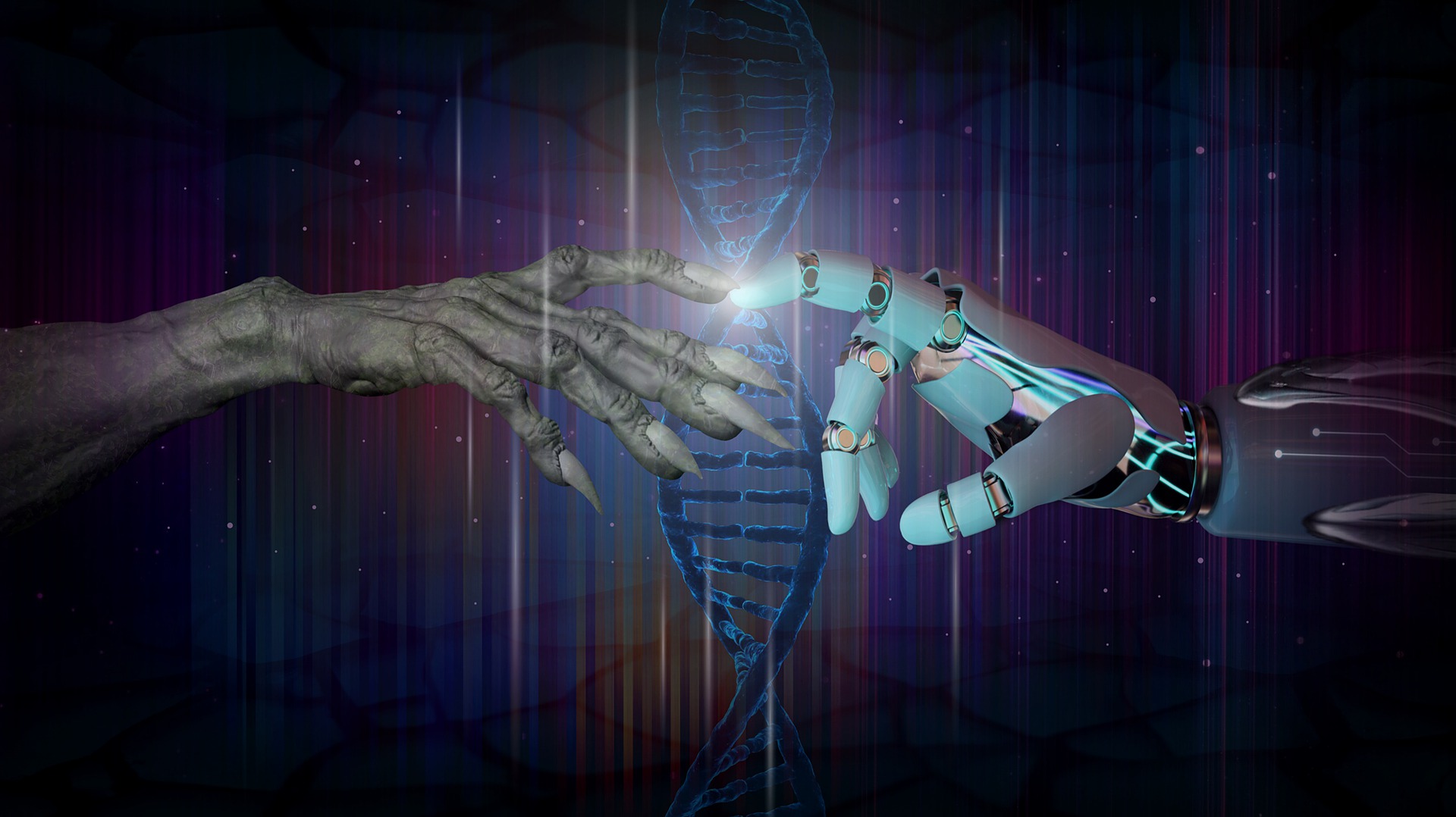Parenting
Secure Attachment in Infancy Causes Improved Cognitive, Emotional, And Social Competence in Later Years. Is It?
Published
3 years agoon
Attachment is the strong, affectional tie we have with special people in our lives that leads us to experience pleasure and joy when we interact with them and to be confronted by their nearness during times of stress.
When a baby feels anxious or afraid, they crawl into their mother’s lap and clings closely. Freud first suggested that the infant’s emotional tie to the mother is the foundation for all later relationships. According to a well-known behaviorist account, as the mother satisfies the baby’s hunger, infant learn to prefer her soft caresses, warm smiles, and tender wards of comfort because these events have been paired with tension relief. Although feeding is an important context for building a close relationship, attachment does not depend on hunger satisfaction.
According to Bowlby (1980), out of their experiences during the different phases, children construct an enduring affectional tie to the caregiver that they can use as a secure base in the parent’s absence. This inner representation becomes a vital part of personality. It serves as an internal working model, or set of expectations about the availability of attachment figures and their likelihood of providing support during times of stress. This image becomes the model, or guide, for all future close relationships. Infants use the parent as a secure base from which to explore. When separated, they may or may not cry, but if they do, it is because the parent is absent and they prefer her to the stranger.
The different pattern of attachment are-
- Avoidant Attachment
- Resistant Attachment
- Disorganized – disoriented attachment
In avoidant attachment infants are not distressed when separated they react to the stranger in much the same way as to the parent. During the reunion, they avoid or are slow to greet the parent, and when picked up, they often fail to cling.
In resistant attachment, infants often seek closeness to the parent before separation. During reunion they display angry, resistive behavior, sometimes hitting and pushing or maybe crying even after being picked up.
Hi, I’m Aarti, My Psychoanalytical approach towards my clients is to empower them to better their lives through improving their relationship with themselves. I believe shame and guilt is a common barrier to change. I aim to guide my clients through re authoring their narratives where shame, guilt, and other problems have less power and take up less space.



